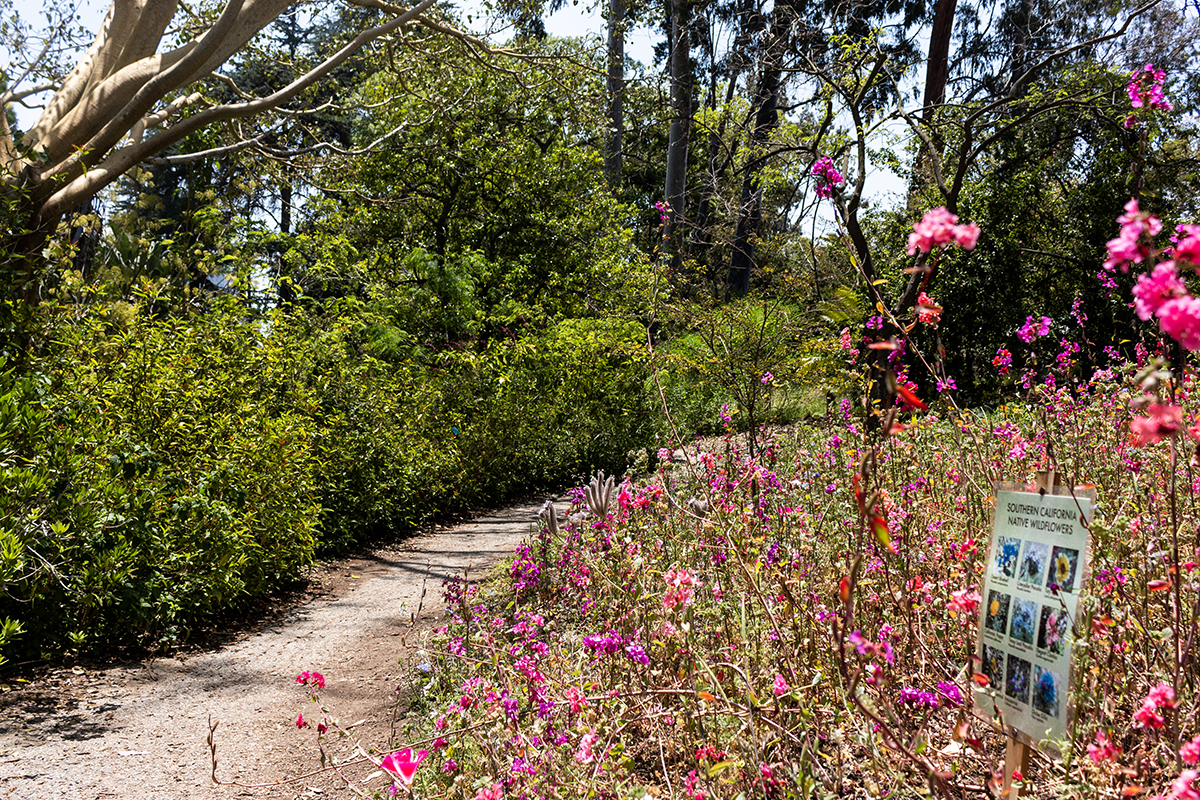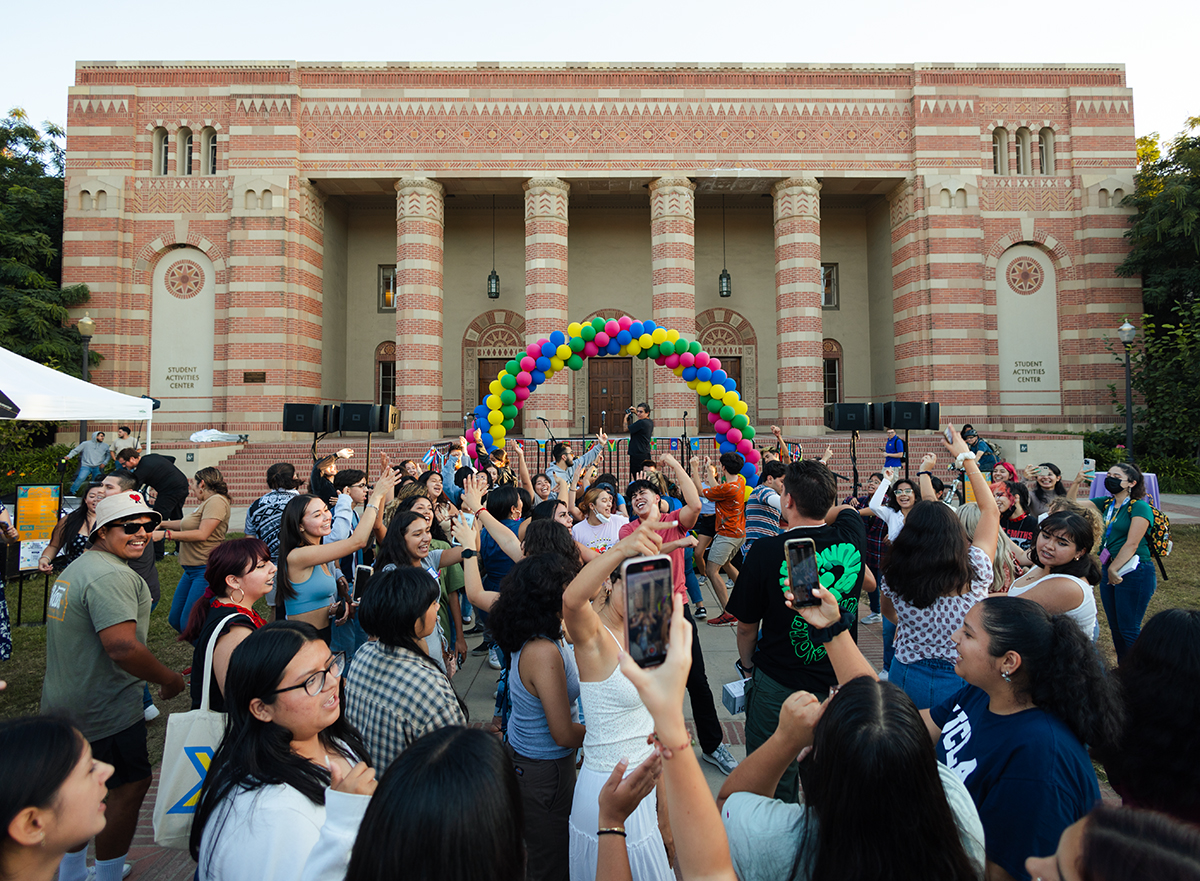UC sustainability committee aims to promote inclusivity with climate response plan

The UCLA Botanical Garden is pictured. The University of California sustainability committee recently released a new plan for climate action. (Christine Kao/Daily Bruin staff)

By Clara Schwartz
Oct. 28, 2022 12:17 a.m.
The University of California sustainability committee released a new landscape plan in September to promote sustainability, inclusivity and climate resilience.
The plan is UCLA’s first since the original design of the campus, said Peter Hendrickson, associate vice chancellor of design and construction at UCLA, in an emailed statement. It aims to help the campus respond to climate change and maintain the campus ecosystem, he added.
The plan should help UCLA conserve water, restore native plant communities and promote biodiversity, said chief sustainability officer Nurit Katz in an emailed statement. Wastewater management and planting more trees for shade cover were some of the topics outlined in the plan, said Giselle Brown, a second-year chemistry major and member of sustainable consulting club SAGE.
Tamar Christensen, a lecturer in UCLA writing programs who is part of the university’s Green Fund Initiative, which allocates funds for students’ sustainability initiatives, said the plan was a positive step toward making UCLA more sustainable.
“It is important for UCLA to show not just students here, but also the city of Los Angeles, what is possible as we move toward those goals of being the most sustainable megacity by 2050,” she said.
Christensen added that she thinks the plan could also improve food security if it included more edible plants.
Members of the UCLA community are concerned about whether the plan identifies enough concrete goals or is doing enough to include Native American voices on campus.
Camryn Redmond, a member of the Navajo tribe and second-year economics student, said she heard about the landscape plan last year but did not hear any specific details about the types of plants that would be included.
“One of the best ways that they could further develop this plan or just more details to take into consideration is to directly go to the Native students on campus and ask what they would like to see from this project,” said Redmond, who is also a member of the American Indian Student Association.
UCLA is working with members of the Tongva tribe as part of the plan, including hosting traditional activities at Sage Hill and the Botanical Garden, said Katz in the emailed statement. The landscape design team also visited the Kuruvungna Village Springs and met with the community there as part of the plan development, Katz said.
Emma Herrera, a fourth-year education major, said it’s important to give credit and compensation to indigenous communities involved in these discussions. Herrera is descended from Payómkawichum, or People of the West, which is a term that encompasses seven tribes in Southern California.
“Any conversation about sustainability, that is inherently Indigenous, so I just think it’s really important to make sure that you’re including those communities,” Herrera said. “I was definitely curious if they’re involving Native faculty. … They’re definitely not including very many Native undergraduate students.”
UCLA also needs to communicate more with the Native community on campus, Herrera said. It’s important the university collaborates with Native students and keeps them up to date on their plans, she added.
To keep the community updated on its sustainability progress, the university should provide monthly or annual reports, Brown said.
While it can be hard to achieve change within such a large bureaucracy, the student voice is essential in driving it forward, Christensen said.
“Like most plans, it’s not perfect – but it’s a wonderful start. And I think it’s going to take us in a very positive direction, in terms of implementing so many more native plants and securing better biodiversity,” Christensen said.



